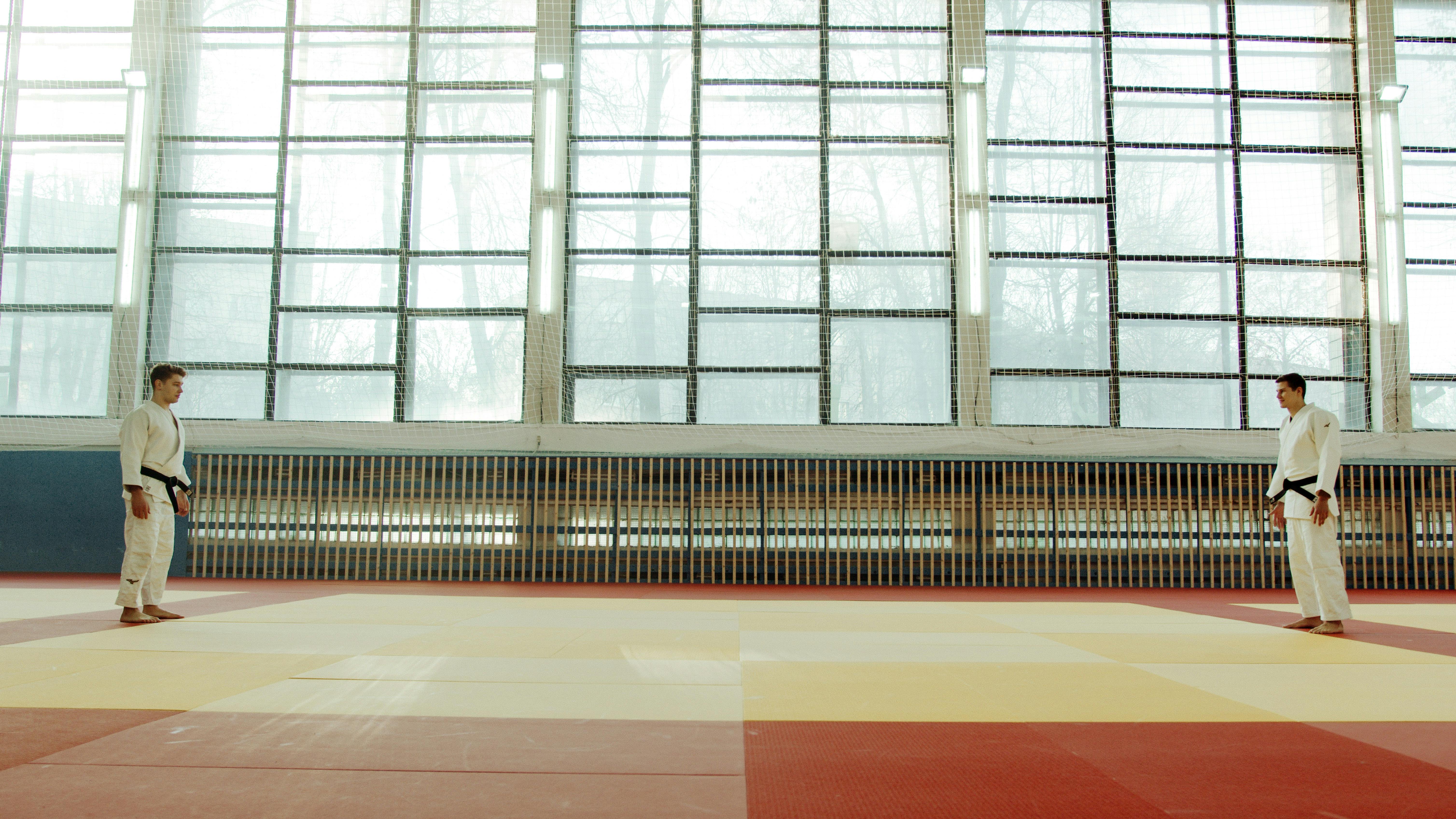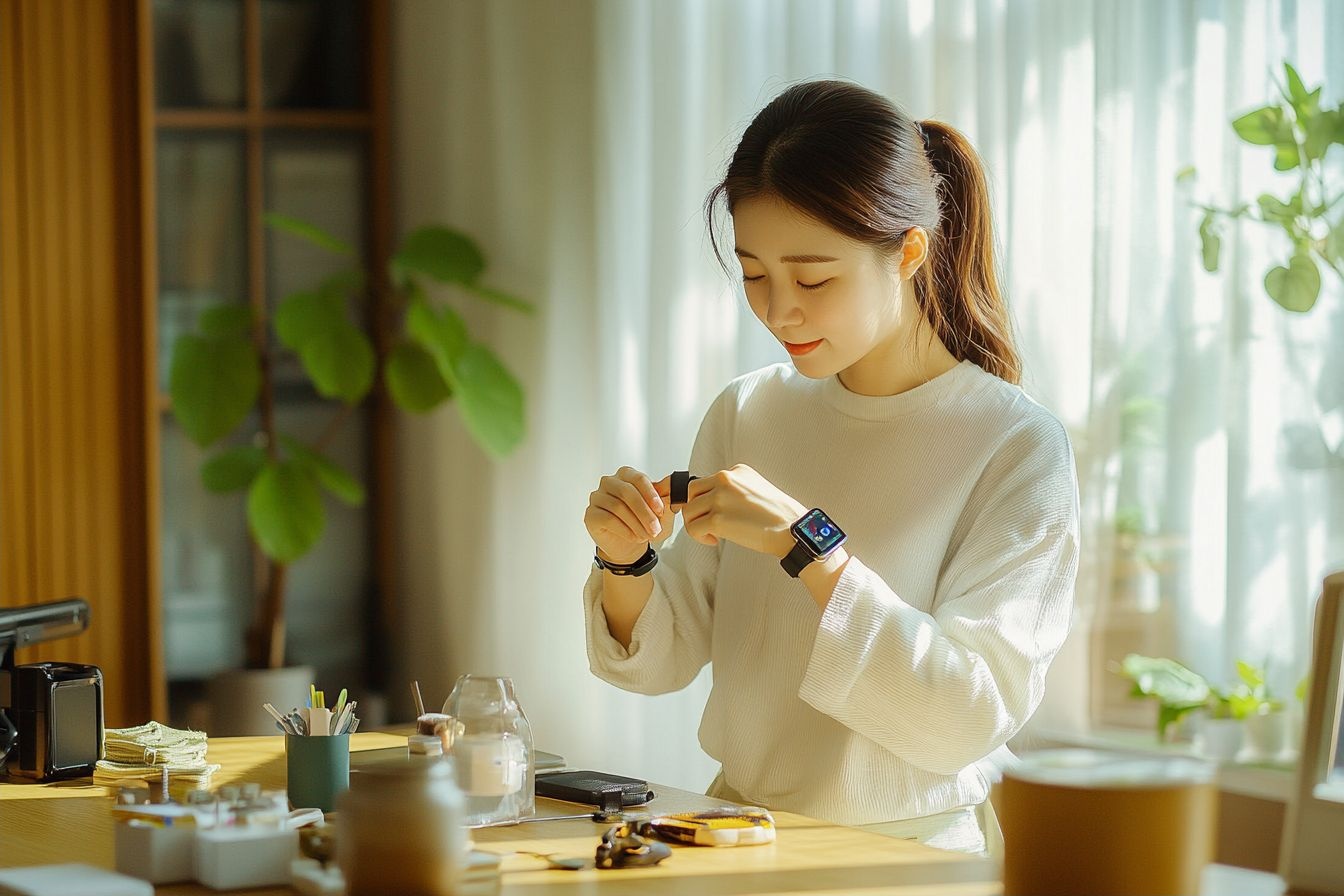Kendo: The Way of the Sword in Modern Times
In the bustling dojos of Japan and beyond, the rhythmic clack of bamboo swords and the sharp kiai shouts echo through the air. Kendo, the ancient Japanese martial art of sword fighting, has not only survived the test of time but has evolved into a globally practiced discipline that blends physical prowess with spiritual growth. As we delve into the world of Kendo, we uncover how this traditional art form continues to shape character, instill discipline, and offer profound life lessons in our fast-paced, technology-driven world.

The Historical Tapestry of Kendo
The origins of Kendo can be traced back to the warring states period of Japan, where swordsmanship was not merely a skill but a matter of life and death for the samurai class. As Japan entered a period of peace during the Edo era (1603-1868), the practice of swordsmanship evolved from a purely martial skill to a means of personal development and spiritual cultivation. This transition marked the birth of Kendo as we know it today.
During the Meiji Restoration in the late 19th century, Japan underwent rapid modernization, and many traditional practices fell out of favor. However, Kendo managed to survive this period of change, albeit with modifications. The bamboo sword, or shinai, was introduced as a safer alternative to metal swords, allowing for full-contact practice without the risk of serious injury. This innovation paved the way for Kendo to become a standardized martial art and eventually a competitive sport.
The post-World War II era saw another significant shift in Kendo’s practice. Initially banned by the occupying Allied forces, Kendo was later reintroduced as a sport and educational tool, stripped of its militaristic connotations. This rebirth led to the formation of the All Japan Kendo Federation in 1952, which established standardized rules and grading systems that are still used today.
The Essence of Kendo Practice
At its core, Kendo is more than just a physical activity; it is a holistic discipline that aims to develop the mind, body, and spirit in unison. The practice involves rigorous physical training, mental discipline, and adherence to a strict code of etiquette and behavior.
The physical aspect of Kendo centers around mastering various techniques with the shinai. Practitioners, known as kendoka, learn strikes to specific target areas: men (head), kote (wrists), do (torso), and tsuki (throat). These techniques are not merely about hitting an opponent but about executing precise, controlled movements that reflect years of dedicated practice.
Mental discipline is equally crucial in Kendo. The concept of zanshin, or continuous awareness, is emphasized throughout training. Kendoka must maintain a state of alertness and readiness at all times, even after completing a successful strike. This mental state is believed to extend beyond the dojo, enhancing one’s focus and presence in everyday life.
The spiritual element of Kendo is deeply rooted in Zen Buddhist philosophy. Practitioners strive to achieve mushin, or “no-mind,” a state of mental clarity free from ego and distracting thoughts. This concept is particularly important during matches, where split-second decisions can mean the difference between victory and defeat.
The Global Spread of Kendo
While Kendo remains deeply associated with Japanese culture, it has gained significant popularity around the world. The International Kendo Federation, established in 1970, now boasts member organizations from over 60 countries. This global expansion has brought about interesting challenges and opportunities for the art.
One of the most notable aspects of Kendo’s internationalization is how it has maintained its core principles and practices while adapting to diverse cultural contexts. In many countries, Kendo serves as an introduction to Japanese culture, fostering cross-cultural understanding and appreciation. The rigorous etiquette and respect inherent in Kendo practice often resonate with practitioners from various backgrounds, providing a structured environment for personal growth.
The World Kendo Championships, held every three years, showcase the global reach of the art. These events not only feature high-level competition but also serve as a platform for cultural exchange and the strengthening of international ties through martial arts. Japan still dominates these competitions, but other nations, particularly South Korea and the United States, have shown significant progress in recent years.
Kendo in the Modern Educational System
One of the most intriguing aspects of Kendo’s continued relevance is its integration into educational systems, particularly in Japan. Kendo is often offered as a club activity in schools, and some institutions even include it as part of the physical education curriculum. This educational role extends beyond mere physical fitness; it is seen as a means of character development and instilling traditional values in younger generations.
The benefits of Kendo in education are multifaceted. It teaches discipline, respect, and perseverance – qualities that are highly valued in Japanese society and beyond. The structured nature of Kendo practice, with its emphasis on proper form and etiquette, helps students develop self-control and focus. Moreover, the cooperative aspect of training fosters teamwork and mutual respect among students.
Research has shown that regular Kendo practice can have positive effects on cognitive functions, particularly in areas such as attention and executive control. These benefits align well with educational goals, making Kendo an attractive option for schools looking to enhance their physical education programs with activities that offer both physical and cognitive benefits.
The Physical and Mental Health Benefits of Kendo
As modern lifestyles become increasingly sedentary and stress-laden, the holistic approach of Kendo offers a compelling alternative for those seeking both physical fitness and mental well-being. The physical demands of Kendo provide a full-body workout, improving cardiovascular health, flexibility, and coordination. The explosive movements required in striking and footwork build strength and agility, while the repetitive nature of practice enhances endurance.
From a mental health perspective, Kendo offers numerous benefits. The meditative aspects of practice, particularly the focus on breathing and mindfulness, can help reduce stress and anxiety. The discipline required to progress in Kendo often translates to improved self-discipline in other areas of life, fostering a sense of accomplishment and self-esteem.
Moreover, the social aspect of Kendo should not be underestimated. Dojos often become tight-knit communities, providing practitioners with a sense of belonging and support. This social connection is particularly valuable in an age where digital interactions often supplant face-to-face relationships.
Kendo and Technology: An Unlikely Partnership
While Kendo may seem at odds with the digital age, technology has found its way into this traditional art form in surprising ways. Motion capture technology and high-speed cameras are now used to analyze technique with unprecedented precision, allowing for more effective training methods. Virtual reality applications have been developed to simulate Kendo matches, providing practitioners with additional training opportunities outside the dojo.
Social media and online platforms have also played a role in connecting Kendo communities globally. Practitioners can now share techniques, discuss philosophy, and organize events across borders with ease. This digital connection has helped to sustain and grow Kendo communities, particularly in regions where access to qualified instructors may be limited.
However, the integration of technology into Kendo is not without controversy. Purists argue that over-reliance on technological aids may detract from the traditional learning process and the development of intuition that comes from years of physical practice. Striking a balance between tradition and innovation remains an ongoing challenge for the Kendo community.
The Role of Women in Modern Kendo
Historically, Kendo, like many martial arts, was a male-dominated practice. However, the landscape has changed significantly in recent decades, with women playing an increasingly prominent role in the art. Female participation in Kendo has grown steadily, both in Japan and internationally, bringing new perspectives and energy to the discipline.
Women’s Kendo has made significant strides in competitive arenas. The World Kendo Championships now feature women’s individual and team events, showcasing high-level female practitioners on a global stage. In Japan, where Kendo remains most popular, women’s participation rates in school and university clubs have seen substantial increases.
The inclusion of women has not only broadened the participant base but has also led to evolving perspectives on technique and strategy. Some argue that female practitioners often bring a different approach to matches, emphasizing precision and timing over raw power. This diversity of styles has enriched the overall practice of Kendo.
Despite these advancements, challenges remain. In some regions, women still face barriers to participation and advancement within traditional Kendo hierarchies. Efforts to promote gender equality in leadership roles and coaching positions continue to be a focus for many national Kendo organizations.
Kendo and Cultural Preservation
In an era of rapid globalization, Kendo serves as a vital link to Japan’s cultural heritage. The art form encapsulates many aspects of traditional Japanese values and aesthetics, from the concept of bushido (the way of the warrior) to the emphasis on simplicity and refinement in movement.
For many practitioners, both in Japan and abroad, Kendo offers a tangible connection to Japanese history and philosophy. The ritualized aspects of practice, such as the formal bowing and the care taken in donning the bogu (protective armor), serve as reminders of the art’s deep cultural roots.
However, the role of Kendo in cultural preservation is not without complexities. As the art spreads globally, questions arise about authenticity and the potential for cultural dilution. The challenge lies in maintaining the essence of Kendo while allowing it to evolve and remain relevant in diverse cultural contexts.
Some Kendo organizations have taken proactive steps to address these concerns. Cultural education programs, language classes, and exchanges with Japanese dojos are increasingly common, aimed at deepening practitioners’ understanding of the cultural context in which Kendo developed.
The Future of Kendo: Challenges and Opportunities
As Kendo moves further into the 21st century, it faces both challenges and opportunities. One of the primary challenges is maintaining relevance in a world where instant gratification and quick results are often prioritized. The long-term commitment required to progress in Kendo can be at odds with modern attitudes towards leisure and self-improvement.
Another challenge lies in balancing tradition with innovation. While the core principles of Kendo remain unchanged, there is ongoing debate about how to adapt training methods and competition formats to appeal to new generations without losing the essence of the art.
The global spread of Kendo also presents logistical challenges. Ensuring consistent standards of instruction and grading across different countries and cultures requires ongoing effort and communication from international governing bodies.
Despite these challenges, the future of Kendo appears bright. The art’s emphasis on personal development and mindfulness aligns well with growing interest in holistic approaches to health and well-being. As stress and disconnection become increasingly prevalent in modern society, Kendo’s offering of physical activity combined with mental discipline and community connection becomes ever more appealing.
Moreover, the values espoused in Kendo – respect, discipline, and continuous self-improvement – remain universally relevant. As the world grapples with issues of conflict and division, the principles of mutual respect and harmonious interaction embodied in Kendo practice offer a model for positive human interaction.
Conclusion: The Enduring Way of the Sword
Kendo, with its rich history and profound philosophy, stands as a testament to the enduring value of traditional martial arts in the modern world. Far from being an anachronism, it continues to evolve and adapt, offering practitioners a unique path to physical fitness, mental clarity, and spiritual growth.
As we look to the future, Kendo’s role extends beyond that of a mere sport or hobby. It serves as a bridge between cultures, a keeper of tradition, and a tool for personal and societal development. In a world often characterized by rapid change and uncertainty, the way of the sword offers a steady path – one of continuous improvement, respect for others, and the pursuit of harmony between body and mind.
The clack of bamboo swords and the shouts of kendoka will likely continue to echo through dojos around the world for generations to come, carrying with them the wisdom of centuries and the promise of personal transformation. In this ancient art, practitioners find not just a link to the past, but a way forward – a means of navigating the complexities of modern life with grace, strength, and unwavering spirit.





